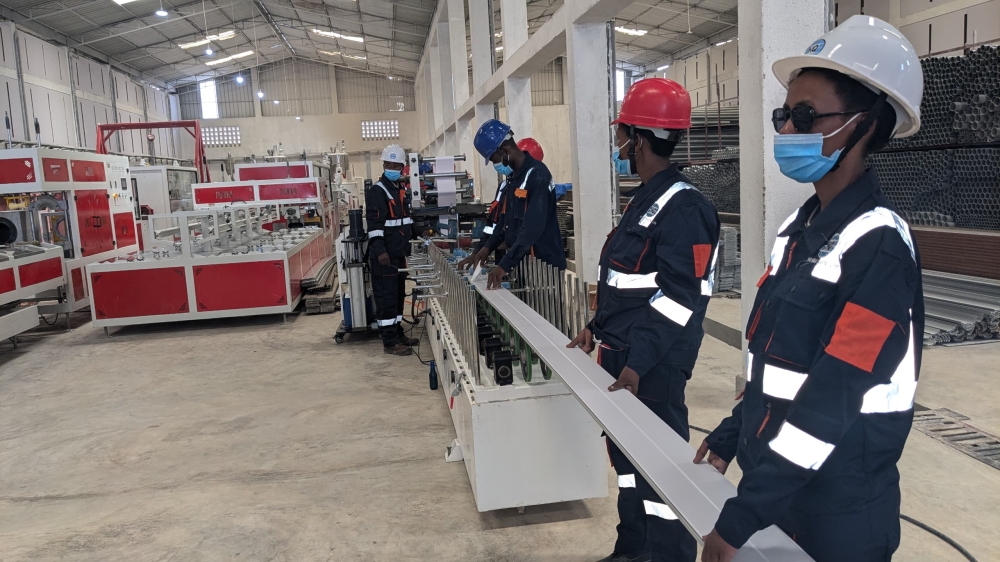A THERMOMETER: measures the air temperature. Most thermometers are closed glass tubes containing liquids such as alcohol or mercury. When air around the tube heats the liquid, the liquid expands and moves up the tube. A scale then shows what the actual temperature is.

A THERMOMETER: measures the air temperature. Most thermometers are closed glass tubes containing liquids such as alcohol or mercury. When air around the tube heats the liquid, the liquid expands and moves up the tube. A scale then shows what the actual temperature is.
A BAROMETER: measures air pressure. It tells you whether or not the pressure is rising or falling. A rising barometer means sunny and dry conditions, while a falling barometer means stormy and wet conditions.
An Italian scientist named Torricelli built the first barometer in 1643.
A SLING PSYCHROMETER: measures relative humidity, using the cooling effect of evaporation. Two thermometers are used in a sling psychrometer. Wet the cloth of one of the thermometers and swing the psychrometer around a few times. Water evaporates from the cloth, causing the temperatures on that thermometer to be lower the other.
WEATHER MAPS: indicate atmospheric conditions above a large portion of the Earth’s surface. Meteorologists use weather maps to forecast the weather.
A WIND VANE: is an instrument that determines the direction from which the wind is blowing.
A WEATHER BALLOON: measures weather conditions higher up in the atmosphere.
A RAIN GAUGE: measures the amount of rain that has fallen over a specific time period.
An ANEMOMETER: measures wind speed. The cups catch the wind, turning a dial attached to the instrument. The dial shows the wind speed.
A HYGROMETER: measures the water vapor content of air or the humidity.
Ends






